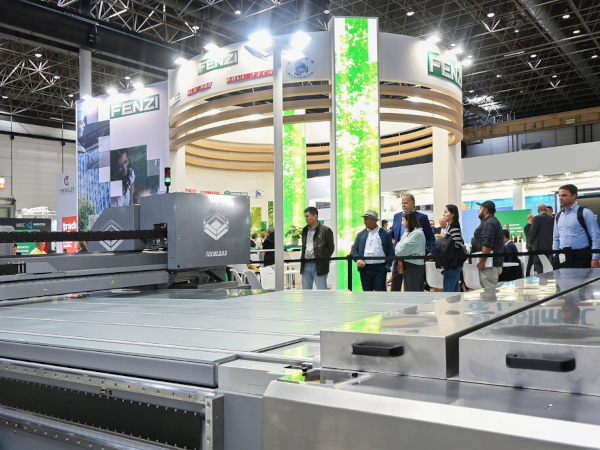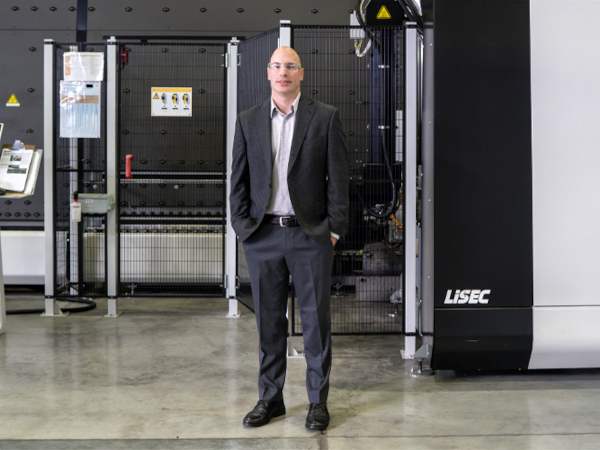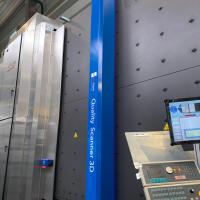Date: 18 November 2015
He believes that we should be harnessing technically better glass and exploiting the potential to increase sales. This article appears in the Nov/Dec issue of Windows Active magazine.
Many of the sectors of the home improvement market involve glass and as a nation we are always looking at ways in which we can bring in more natural light to the home. Indeed, Velux have recently held their 6th Daylight Symposium in London, highlighting daylight in architecture for health and happiness and for two days researchers, architects, engineers and building professionals discussed how daylight can drive change in today’s 24/7 society. But we need to specify the right type of glass for each application.
.jpg)
We’re already opening up modern conservatory design so as to be able to adopt bi-folding doors, whilst current kitchen extension plans make the best possible use of glass, supporting the Velux proposition. However, I believe that the most appropriate glass isn’t being specified for bi-folding doors, as there’s an over reliance on the glass specifications that’s a legacy from the Window Energy Ratings (WERs), which are now effectively aligned with the Door Energy Ratings (DERs).
For the replacement window market, solar heat gain can be a benefit, yet that’s in the context of a room with a relatively small glazed area to one wall. Typically a bi-folding door will accommodate a whole wall within an extension, conservatory or as part of other building works to the main fabric of the house and so it’s purpose is fundamentally different. Therefore I would suggest that solar heat gain would not necessarily be welcome or be appropriate in such an environment and it’s something we’ve been looking into for a number of months within our SMARTGLASS® brand.
We have become the first company in the UK to develop a range of glass for conservatory frames and by that we mean the windows and doors that are used within a conservatory installation and we also extend this into the market for bi-folding and large span patio doors. If you take a typical bi-folding door opening that is 2100mm high x 3000mm wide with an estimated 80% glazed area, it equates to just over 5sq metres of glass a not inconsequential sized area.
The use of ‘A’ rated glass within conservatories brings in solar heat gain and this is often in direct conflict to the glass specified in the conservatory roof and so one cancels out the other, leaving neither effective. The glass we specify in all conservatries should be carefully thought out and bi-folding doors are a fundamental part of this equation. The glass we specify in projects other than replacement windows must be considered in greater and more exacting detail and it’s something that the industry hasn’t caught on to until now.
At Clayton Glass we are one of the UK’s largest independent IGU manufacturers and so we are able to combine glass technologies from all the leading manufacturers. We have spent several months developing a range of products under the SMARTGLASS®-W name, which reflects three different glass types with added value features. All three glass types boast warm edge technology, solar control with a 1.0 W/m2K and argon filling, which makes up for our standard offering.
Yet our enhanced versions of SMARTGLASS®-W go on to offer anti-fade properties, enhanced acoustics, enhanced security and even true self cleaning technologies. In essence we’ve brought some of the very latest technologies in the roofing glass into a clear state for the windows and doors in a conservatory, but also for other domestic projects that harness large areas of glass.
Bi-folding doors by their very nature require a considerable glazing area and often appear to the rear of properties as a generalisation. With around 73% of all burglaries through windows and doors, security is a real issue and so the opportunity to offer a dedicated glass range for bi-folding doors that offers solar control, enhanced security and even anti-fade properties should be a strong selling proposition.
The cost differential between typical ‘A’ rated glazing and SMARTGLASS®-W is in effect zero and so this type of glass should be sold as standard we believe. This will then present installation companies with the ability to upsell, add more technological features, increase margins and help close more sales.
Whatever the application of bi-folding doors, we believe there are better glass technologies out there for large areas of glass as our SMARTGLASS®-W range clearly shows. Given that bi-folding doors are a relatively large ticket item and that the cost differential is all but zero, it’s the perfect opportunity to sell new glass technology with the potential to upsell, increase margins and to set yourself apart from your peers.









Add new comment